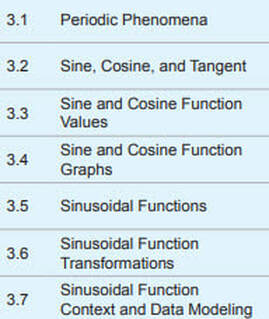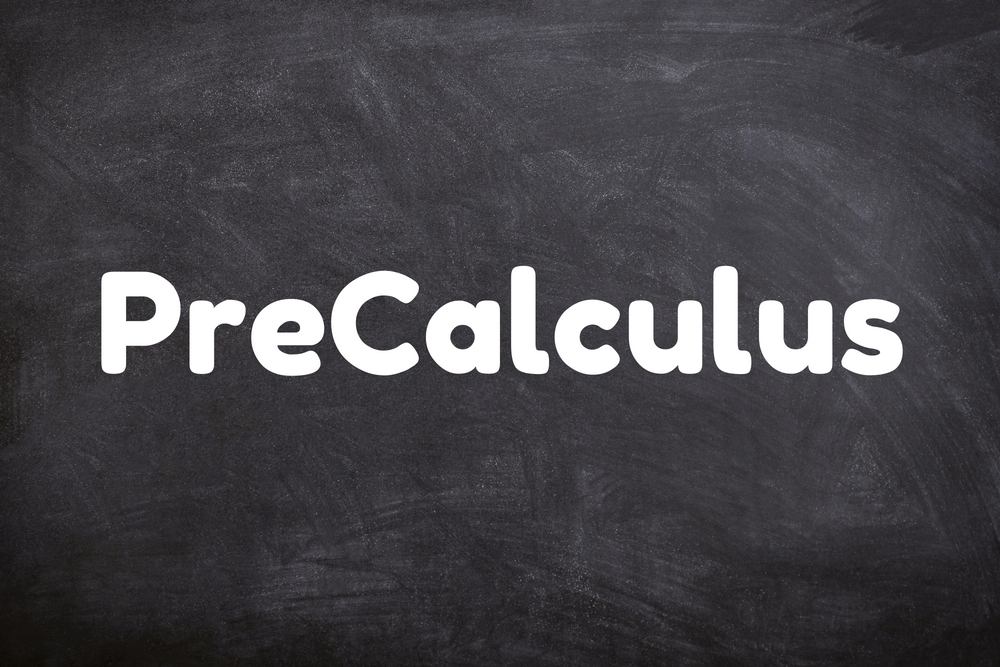5 Pre Calc Tips

Introduction to Pre-Calculus: Mastering the Fundamentals

Pre-calculus is a pivotal step in the mathematics curriculum, serving as a bridge between algebra and calculus. It introduces students to advanced mathematical concepts, including functions, trigonometry, and analytical geometry, which are crucial for understanding calculus and other higher-level math subjects. Mastering pre-calculus is essential for success in STEM fields (Science, Technology, Engineering, and Mathematics) and can significantly impact a student’s ability to pursue careers in these areas. Here are five tips to help students excel in pre-calculus and set a solid foundation for future academic endeavors.
1. Solidify Your Algebra Foundation
Pre-calculus builds heavily upon the concepts learned in algebra, particularly in areas such as solving equations, graphing, and functions. Ensuring a strong grasp of algebraic principles is crucial. Review and practice algebraic manipulation, equation solving, and function analysis. Understanding how to work with different types of functions, including polynomial, rational, and exponential functions, is vital. Spend time reinforcing any weak areas, as this foundation will be repeatedly referenced throughout pre-calculus.
2. Understand Trigonometry
Trigonometry is a significant component of pre-calculus, involving the study of triangles, especially the relationships between the sides and angles of triangles. This includes mastering the sine, cosine, and tangent functions, as well as understanding identities, equations, and applications of trigonometry. Recognizing the periodic nature of trigonometric functions and being able to apply them to solve problems involving right triangles and waves is key. Practice converting between degrees and radians, and make sure to memorize key trigonometric identities, as they will be used extensively.
3. Familiarize Yourself with Analytical Geometry
Analytical geometry, which includes the study of conic sections (circles, ellipses, parabolas, and hyperbolas), is another critical aspect of pre-calculus. Understanding how to derive equations of conic sections, identify their properties, and apply them to solve problems is essential. The ability to analyze and graph these sections, recognizing their standard forms, and being able to convert between different forms (e.g., from standard to vertex form for a parabola) will facilitate problem-solving in pre-calculus and beyond.
4. Develop Problem-Solving Strategies
Effective problem-solving is at the heart of success in pre-calculus. It involves not just applying formulas and theorems but also understanding when and how to apply them. Developing a systematic approach to problems, including reading the problem carefully, outlining a solution strategy, and then executing that strategy step by step, can significantly enhance problem-solving skills. Additionally, learning from mistakes and being proactive in seeking help when needed are crucial strategies for overcoming obstacles.
5. Utilize Resources and Practice Consistently
Finally, leveraging available resources and maintaining a consistent practice routine are vital for mastering pre-calculus. This includes textbooks, online resources, tutoring, and study groups. Engaging with the material regularly, even if it’s just for a short period each day, helps reinforce learning and builds confidence. Practice problems should be approached with an emphasis on understanding rather than mere completion. Seeking to understand the “why” behind each concept and method will foster a deeper and more durable grasp of pre-calculus.
Conclusion
Pre-calculus is a subject that requires dedication, persistence, and a willingness to learn and understand complex concepts. By following these tips—solidifying your algebra foundation, understanding trigonometry, familiarizing yourself with analytical geometry, developing problem-solving strategies, and utilizing resources and practicing consistently—students can navigate the challenges of pre-calculus effectively. Remember, the goal is not just to pass the course but to gain a profound understanding of the subject matter, which will serve as a strong foundation for future academic and professional pursuits.
FAQ Section

What is the most challenging part of pre-calculus for students?
+For many students, the most challenging part of pre-calculus is trigonometry, particularly mastering trigonometric identities and applying them to solve complex problems. However, with consistent practice and a clear understanding of the underlying principles, students can overcome these challenges.
How can I improve my understanding of pre-calculus concepts?
+Improving your understanding of pre-calculus concepts involves a combination of thorough note-taking, regular practice, and seeking help when needed. Utilizing online resources, such as video tutorials and practice quizzes, can also provide additional support and help solidify your grasp of the material.
What role does pre-calculus play in preparing for calculus?
+Pre-calculus plays a pivotal role in preparing students for calculus by introducing key concepts such as functions, limits, and trigonometry. It lays the foundational knowledge and problem-solving skills necessary for success in calculus, ensuring that students can transition smoothly and excel in higher-level mathematics courses.


